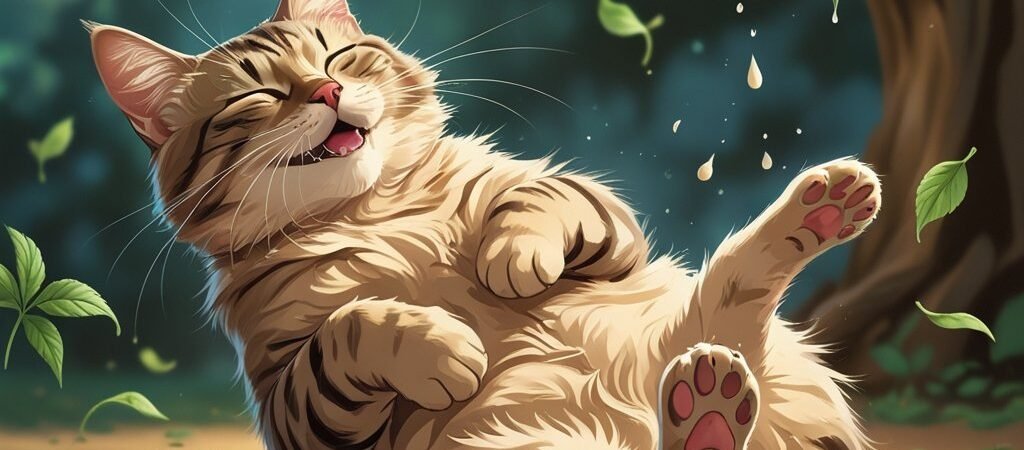Meta Description: Discover the hilarious reasons behind 15 funny cat behaviors! From midnight zoomies to box obsessions, learn why cats do the quirky things that make us laugh.
Cats are natural comedians, entertaining us daily with their quirky, unpredictable, and often downright hilarious behaviors. Whether it’s your cat suddenly sprinting across the house at 3 AM, squeezing into impossibly small boxes, or staring intensely at absolutely nothing, feline antics never fail to amuse and perplex their human companions.
But behind every funny cat behavior lies fascinating science, evolutionary instincts, and complex feline psychology. Understanding why cats do these amusing things not only satisfies our curiosity but also helps us better appreciate our feline friends and provide for their natural needs.
From the infamous “if I fits, I sits” phenomenon to the mysterious midnight zoomies, let’s explore the hilarious world of cat behavior and uncover the surprising reasons behind your cat’s most entertaining antics.
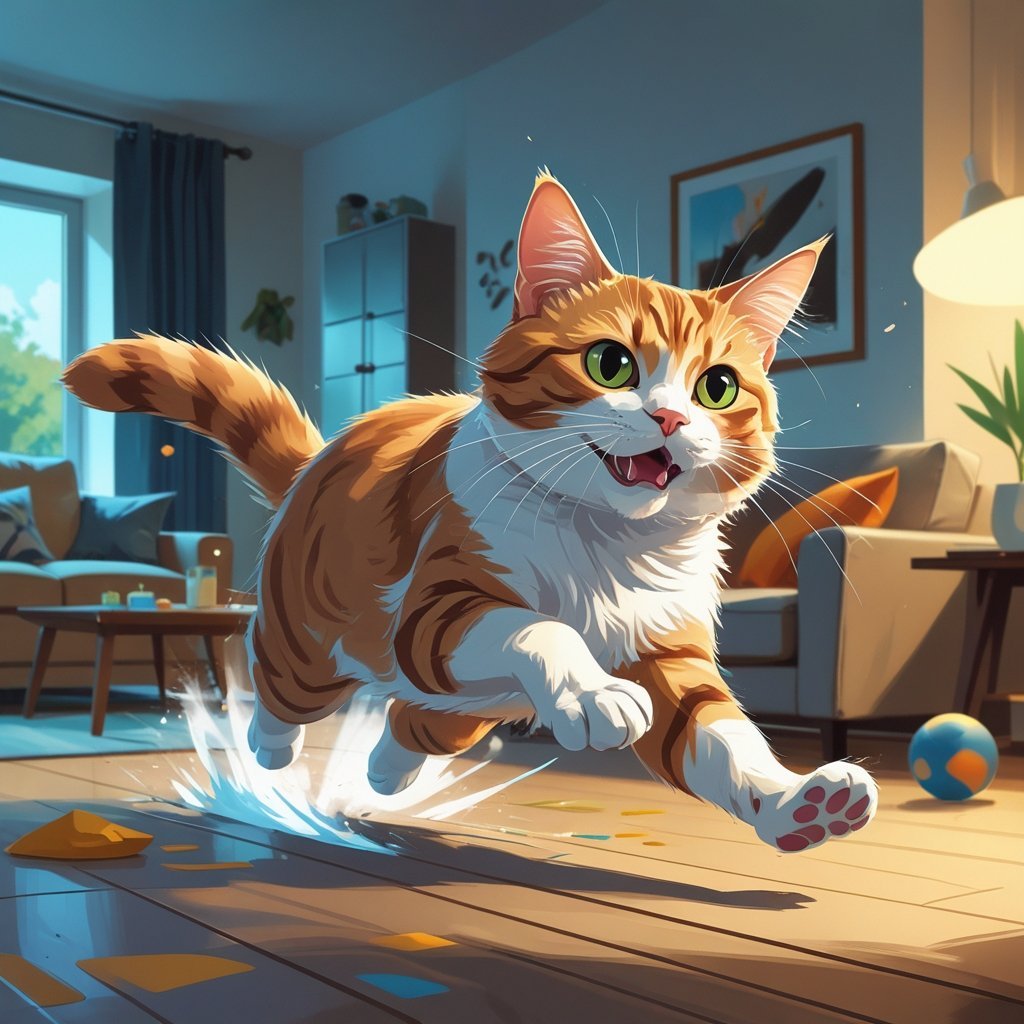
1. The Midnight Zoomies: Random Sprinting at 3 AM
Every cat owner has experienced this: you’re peacefully sleeping when suddenly your cat transforms into a furry tornado, racing through the house at breakneck speed for no apparent reason.
Why They Do It: These sudden bursts of energy, officially called “frenetic random activity periods” (FRAPs), are completely normal and serve several purposes. Cats are naturally crepuscular, meaning they’re most active during dawn and dusk. Indoor cats often get their “hunting” energy out through these wild sprinting sessions.
Additionally, cats need to release pent-up energy, especially if they’ve been sleeping for long periods. The zoomies are their way of exercising, practicing hunting moves, and satisfying their natural need for high-intensity movement.
The Funny Factor: Watching a dignified cat suddenly transform into a speed demon, often with wide eyes and a puffed tail, never gets old. The randomness and intensity make it endlessly entertaining.
2. “If I Fits, I Sits”: The Box Obsession
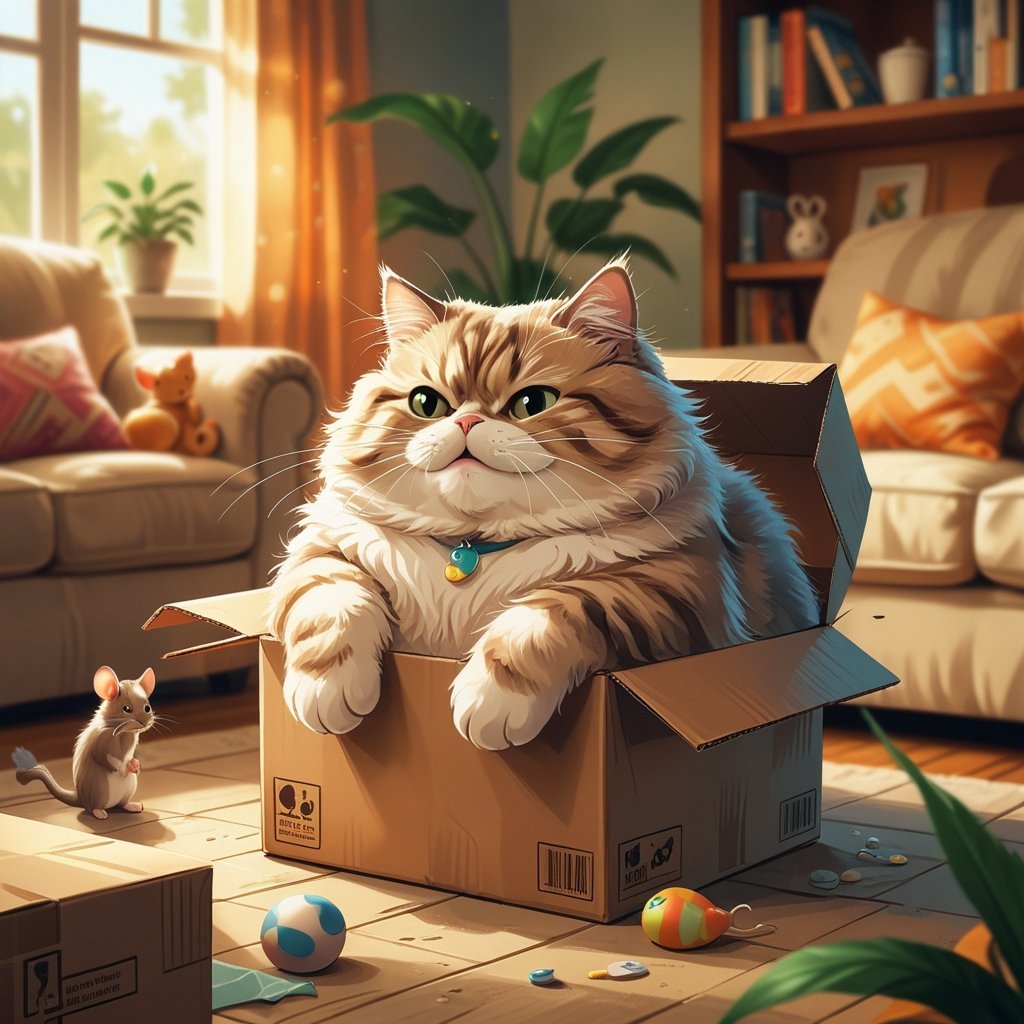
No matter how expensive the cat bed you buy, your cat will inevitably prefer the cardboard box it came in. Even better if the box seems impossibly small for their size.
Why They Do It: Boxes satisfy multiple cat needs simultaneously. They provide security (enclosed spaces feel safe), temperature regulation (cardboard is insulating), stress relief, and territory (a space that’s exclusively theirs). The snugger the fit, the more secure and warm they feel.
The Funny Factor: There’s something inherently hilarious about watching a large cat determinedly squeeze into a shoebox, looking perfectly content despite appearing uncomfortable to human eyes.
3. The Professional Knock-Off Artist: Pushing Things Off Tables
Your cat maintains direct eye contact while slowly pushing your phone off the table, as if to say “What are you going to do about it?”
Why They Do It: This behavior combines several motivations: attention-seeking (it definitely gets a reaction), curiosity about cause and effect, territorial behavior (removing items from “their” space), and hunting instincts (batting at objects mimics batting at prey).
The Funny Factor: The deliberate, calculated nature of this behavior, combined with the cat’s often smug expression, makes it seem like malicious mischief rather than instinctual behavior.

4. The 3 AM Gift Delivery: Bringing You Dead Animals
Nothing says “I love you” quite like a dead mouse on your pillow at dawn, presented with obvious pride.
Why They Do It: This behavior stems from maternal instincts and social bonding. Mother cats bring prey to their kittens to teach hunting skills. When cats bring you “gifts,” they’re treating you as family and either trying to teach you to hunt or sharing their successful catch out of affection.
The Funny Factor: The timing (usually when you’re least prepared), the cat’s obvious pride in their “gift,” and our horrified human reactions create comedy gold.
5. The Invisible Enemy: Staring at Nothing
Your cat becomes transfixed by an empty corner, staring intensely at absolutely nothing you can see.
Why They Do It: Cats have incredibly sensitive hearing and can detect sounds we can’t hear, including ultrasonic frequencies. They might be hearing mice in walls, insects, or even electronic devices. Their superior night vision also allows them to see minute movements invisible to humans.
The Funny Factor: Watching your cat’s laser focus on seemingly nothing, complete with head tilts and alert body posture, makes you question your own perception of reality.
6. The Bathroom Supervisor: Following You to the Toilet
Your cat insists on supervising every bathroom visit, often seeming genuinely concerned about your well-being.
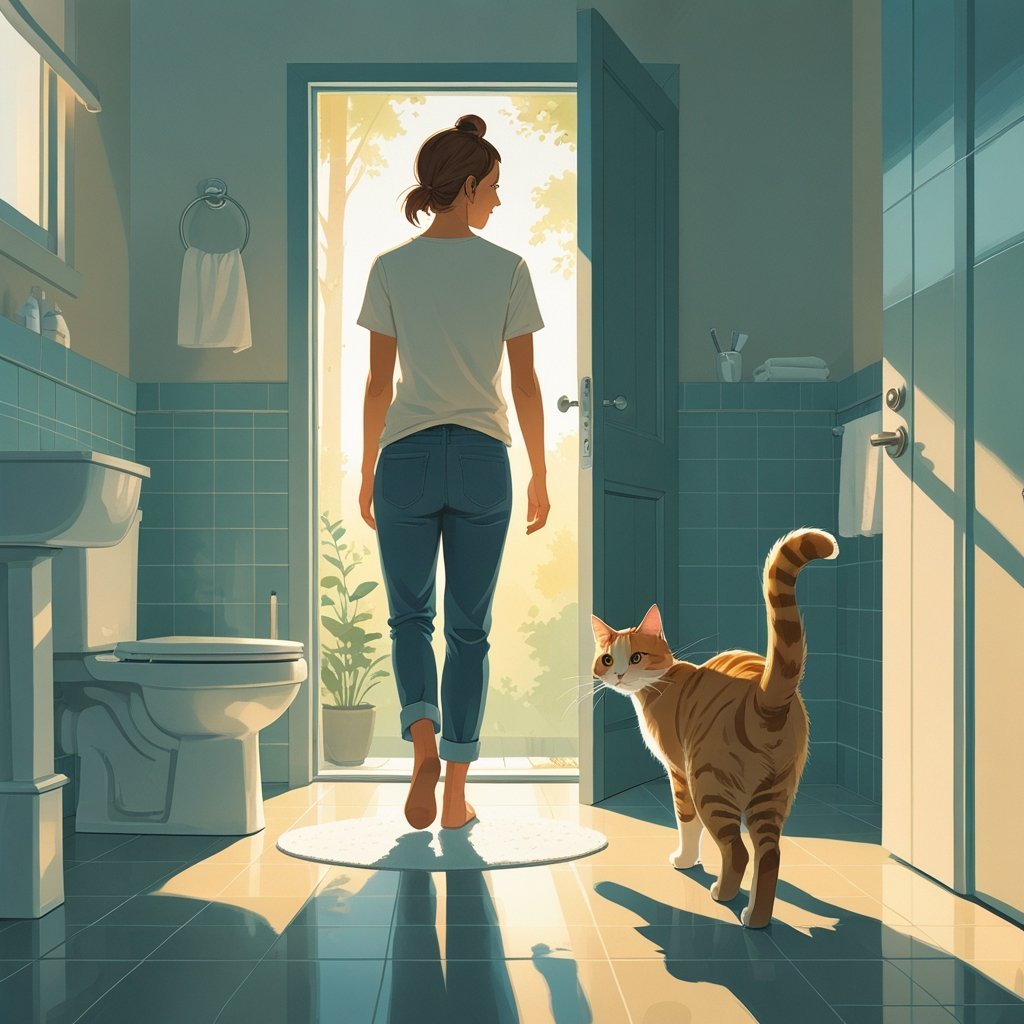
Why They Do It: Cats see you as vulnerable when you’re in the bathroom (sitting, distracted, enclosed space), so they’re actually being protective. Additionally, bathrooms often have interesting smells, cool tile floors, and your undivided attention.
The Funny Factor: The earnest concern in their expression and their determination to be involved in this very private human moment creates an awkward comedy situation.
7. The Purr-fect Bread: Kneading Everything Soft
Your cat transforms into a tiny baker, kneading blankets, your lap, or soft surfaces with their paws while purring contentedly.
Why They Do It: This behavior, often called “making biscuits,” originates from kittenhood when they kneaded their mother’s belly while nursing to stimulate milk production. Adult cats knead when they feel content and secure, essentially reverting to comforting kitten behaviors.
The Funny Factor: The focused, rhythmic nature of the kneading, combined with their blissful expression, makes cats look like they’re seriously engaged in important bread-making work.
8. The Paper Bag Fanatic: Obsession with Crinkly Things
Expensive toys are ignored in favor of paper bags, aluminum foil, or crinkly packaging materials.
Why They Do It: The crinkling sound mimics the rustling of small prey in leaves or grass, triggering hunting instincts. Paper bags also provide hiding spots, interesting textures, and new scents to investigate.
The Funny Factor: Watching your cat choose a grocery bag over a $30 toy, then spending hours “hunting” the crinkly sounds they’re making themselves, highlights the simple pleasures that bring cats joy.
9. The Head Bonk of Affection: Gentle Head Butting

Your cat approaches and deliberately bonks their head against your face, hand, or leg with surprising force.
Why They Do It: Head bunting is a sign of affection and territorial marking. Cats have scent glands on their heads, and when they rub against you, they’re marking you as “theirs” while also mixing scents to create a family smell.
The Funny Factor: The unexpected force of a loving head bonk, especially when you’re not prepared for it, can be both startling and endearing.
10. The Chattering Bird Watcher: Talking to Prey
Your cat sits by the window making bizarre chattering or chirping sounds at birds outside.
Why They Do It: This chattering behavior might be frustration from being unable to reach prey, practice hunting calls, or an instinctual response that helps them focus on potential prey. Some experts believe it’s a preparation behavior for the killing bite.
The Funny Factor: The intensity of their focus combined with the strange vocalizations makes cats look like they’re having serious conversations with birds who clearly aren’t interested.
11. The Catnip Drunk: Going Wild for the Green Stuff
A normally dignified cat becomes a rolling, drooling, euphoric mess after encountering catnip.
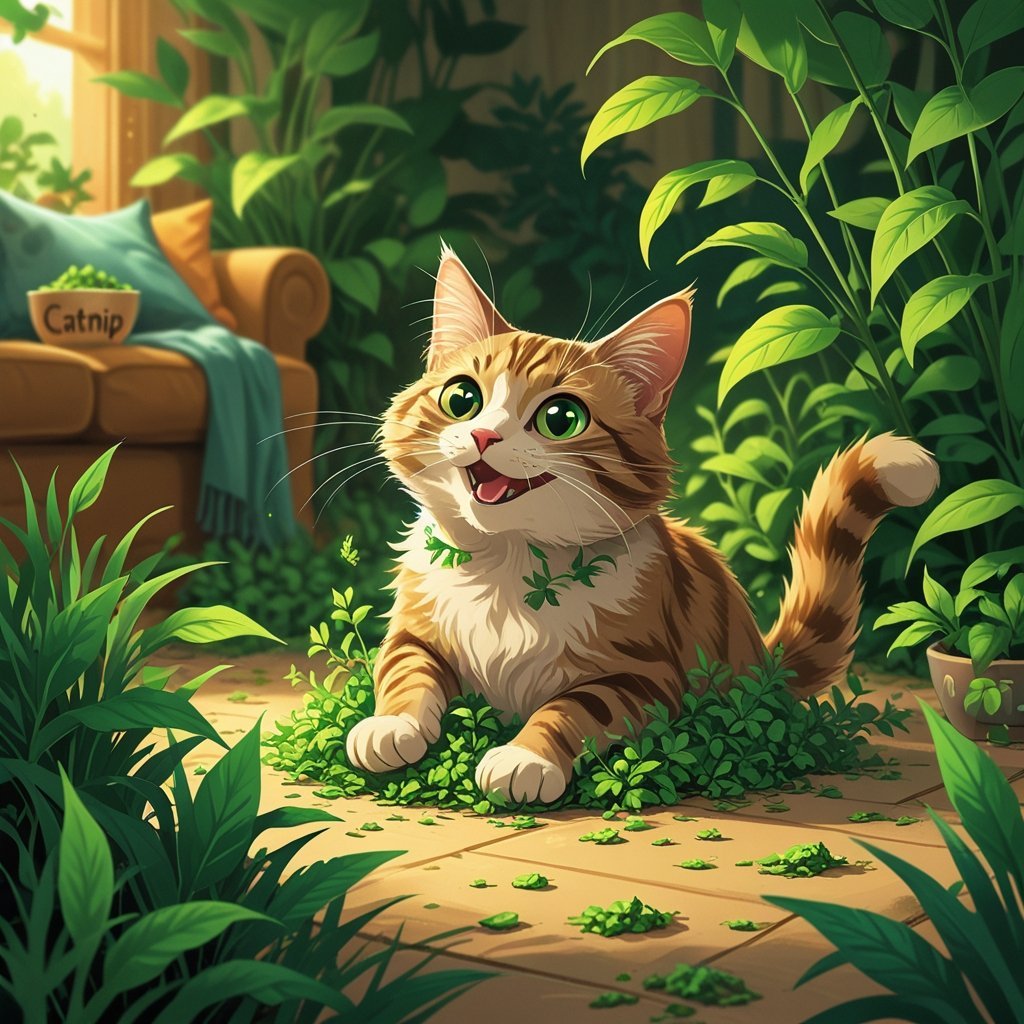
Why They Do It: Catnip contains nepetalactone, a compound that binds to olfactory receptors and triggers a euphoric response in cats with the genetic sensitivity (about 70% of cats). It’s essentially a safe, natural “high” that lasts 10-15 minutes.
The Funny Factor: The dramatic personality change from dignified cat to rolling goofball is hilarious, especially since they seem completely unaware of how ridiculous they look.
12. The Elevator Butt: Raising Their Rear When Petted
Pet your cat’s back, and suddenly their rear end shoots skyward like they’re doing yoga.
Why They Do It: This behavior indicates pleasure and trust. Cats raise their hindquarters because it feels good and mimics the mating position, even in spayed/neutered cats. It’s also how mother cats stimulate kittens for grooming.
The Funny Factor: The immediate and dramatic response makes it seem like you’ve hit some kind of “butt elevation button” on your cat.
13. The Plastic Bag Licker: Obsession with Weird Textures
Some cats become obsessed with licking plastic bags, shower curtains, or other smooth surfaces.
Why They Do It: Plastic bags often contain animal-based lubricants used in manufacturing, creating appealing scents and tastes. The texture might also be soothing, similar to grooming behaviors. Some cats simply enjoy the unusual sensation.
The Funny Factor: Watching your cat intensely licking a shopping bag with the same dedication they’d give to grooming creates a surreal and amusing scene.
14. The Invisible Glass Wall: Refusing to Walk Through Open Doors
Your cat sits in front of a wide-open door, meowing pitifully as if there’s an invisible barrier preventing entry.
Why They Do It: Cats are cautious creatures who prefer to observe and assess before entering new spaces. They might be checking for threats, waiting for permission, or simply being indecisive about whether they actually want to go through.
The Funny Factor: The dramatic presentation of being “trapped” by an obviously open door, complete with pathetic meowing, showcases cats’ flair for the theatrical.
15. The Laptop Warmer: Claiming Your Work Space
The moment you open your laptop, your cat appears and plops down directly on the keyboard, looking completely innocent.
Why They Do It: Laptops provide warmth, your attention is focused on them (making cats want to redirect that attention), and keyboards have interesting textures and sounds. It’s also territorial behavior – claiming your workspace as theirs.
The Funny Factor: The perfect timing and the cat’s complete obliviousness to the inconvenience they’re causing, combined with their satisfied expression, makes this behavior both frustrating and endearing.
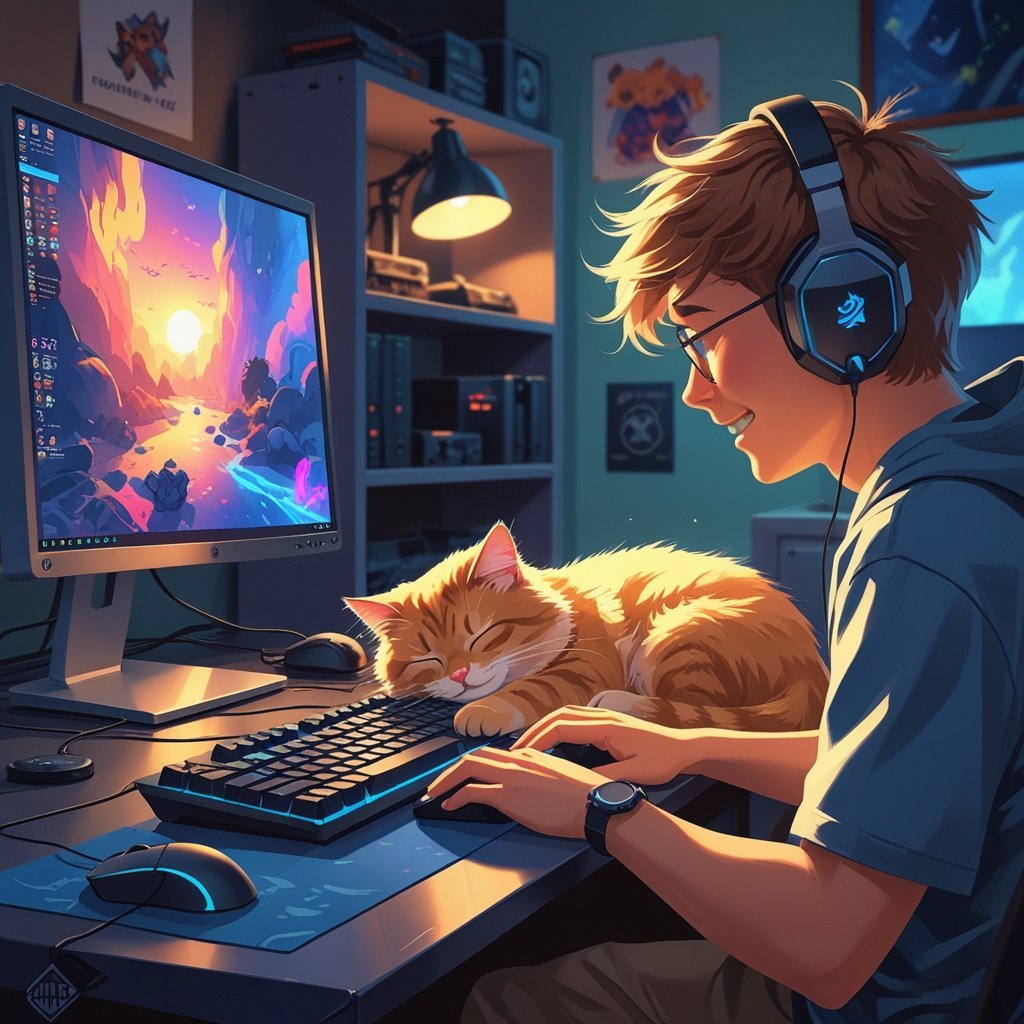
Understanding the Psychology Behind Funny Cat Behaviors
Most hilarious cat behaviors stem from a combination of natural instincts, environmental factors, and social dynamics with their human families.
Instinctual Drivers
Many funny behaviors are rooted in survival instincts that served cats well in the wild but seem amusing in domestic settings. Hunting behaviors, territorial marking, and security-seeking all contribute to what we perceive as quirky antics.
Social Communication
Cats have developed unique ways to communicate with humans that often differ from how they interact with other cats. Many “funny” behaviors are actually sophisticated attempts at inter-species communication.
Environmental Adaptation
Indoor cats must find ways to express natural behaviors in artificial environments, leading to creative adaptations that often amuse their human observers.
When Funny Behaviors Might Indicate Problems
While most quirky cat behaviors are perfectly normal, some changes in behavior patterns might warrant attention:
Sudden Behavior Changes
If your normally calm cat suddenly starts exhibiting frantic behaviors, or if funny behaviors become obsessive, it might indicate stress, illness, or environmental changes affecting them.
Excessive Behaviors
While occasional zoomies are normal, constant hyperactivity or repetitive behaviors might suggest underlying issues that need veterinary evaluation.
Embracing Your Cat’s Comedy Show
Understanding the reasons behind funny cat behaviors helps us appreciate our feline friends’ complex personalities and natural instincts. Rather than being random silliness, these behaviors represent sophisticated adaptations, communication attempts, and expressions of contentment or curiosity.
Encouraging Natural Behaviors
Providing outlets for natural behaviors can keep cats happy and healthy while giving you plenty of entertainment. Interactive toys, climbing structures, and environmental enrichment support their instinctual needs.
Building Stronger Bonds
Recognizing and responding appropriately to your cat’s behavioral communications strengthens your relationship and helps create a more harmonious household for both species.
Frequently Asked Questions About Funny Cat Behaviors
Q: Why does my cat do zoomies right after using the litter box?
A: This “poop euphoria” might result from relief, the natural energy burst after elimination, or instinctual behavior to quickly leave the area where they’ve left scent markers.
Q: Is it normal for my cat to bring me live animals instead of dead ones?
A: Yes, this often means they’re trying to teach you hunting skills. They bring live prey so you can practice the “killing” part of hunting, showing they care about your development as a hunter.
Q: Why does my cat knead with claws out even though it hurts?
A: Cats can’t consciously control their claws during the rhythmic kneading motion – it’s an instinctual behavior. Keeping their nails trimmed can help reduce discomfort during these affectionate moments.
Q: My cat chatters at me, not just at birds. What does this mean?
A: Cats might chatter at humans when excited, frustrated, or trying to communicate urgency. It’s often a sign of high engagement and emotional arousal.
Q: Should I be concerned if my cat suddenly stops doing their usual funny behaviors?
A: Sudden changes in normal behavior patterns can sometimes indicate illness, stress, or environmental changes. If the change persists or is accompanied by other symptoms, consult your veterinarian.
Conclusion: Celebrating Your Cat’s Natural Comedy
The funniest cat behaviors aren’t just random acts of silliness – they’re windows into the complex, instinct-driven world of feline psychology. From midnight zoomies to box obsessions, these amusing antics reflect millions of years of evolutionary programming adapted to modern domestic life.
Understanding the “why” behind these behaviors helps us appreciate our cats’ intelligence, adaptability, and unique personalities. Rather than just laughing at their quirks, we can marvel at how they’ve maintained their wild instincts while adapting to life as our beloved companions.
The next time your cat does something hilariously inexplicable, remember that you’re witnessing sophisticated survival behaviors, complex communication attempts, or expressions of comfort and contentment. These funny moments aren’t just entertainment – they’re proof of the rich inner lives and remarkable adaptability that make cats such fascinating and beloved companions.
So embrace the comedy show your cat provides daily, knowing that each laugh they generate is also a glimpse into the wonderful complexity of feline nature.
What’s the funniest behavior you’ve observed in your cat? Share your hilarious cat stories in the comments below!
Want to encourage your cat’s natural behaviors in healthy ways? Check out our recommendations for interactive toys, puzzle feeders, and environmental enrichment products that satisfy their instincts while providing endless entertainment for the whole family.
Related Articles You Might Enjoy:
- “Why Cats Love Boxes (and How to Use This to Enrich Their Lives)”
- “Do Cats Dream? The Sleep Habits of Felines”
- “Understanding Cat Body Language: What Your Cat Is Really Telling You”
- “Can Cats See in the Dark? Vision Myths Busted”
Keywords: funny cat behaviors, cat behavior explained, why cats do weird things, hilarious cat antics, cat psychology, feline behavior, cat habits, weird cat behaviors, cat instincts, pet behavior

